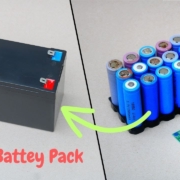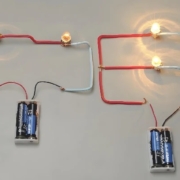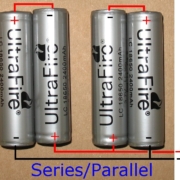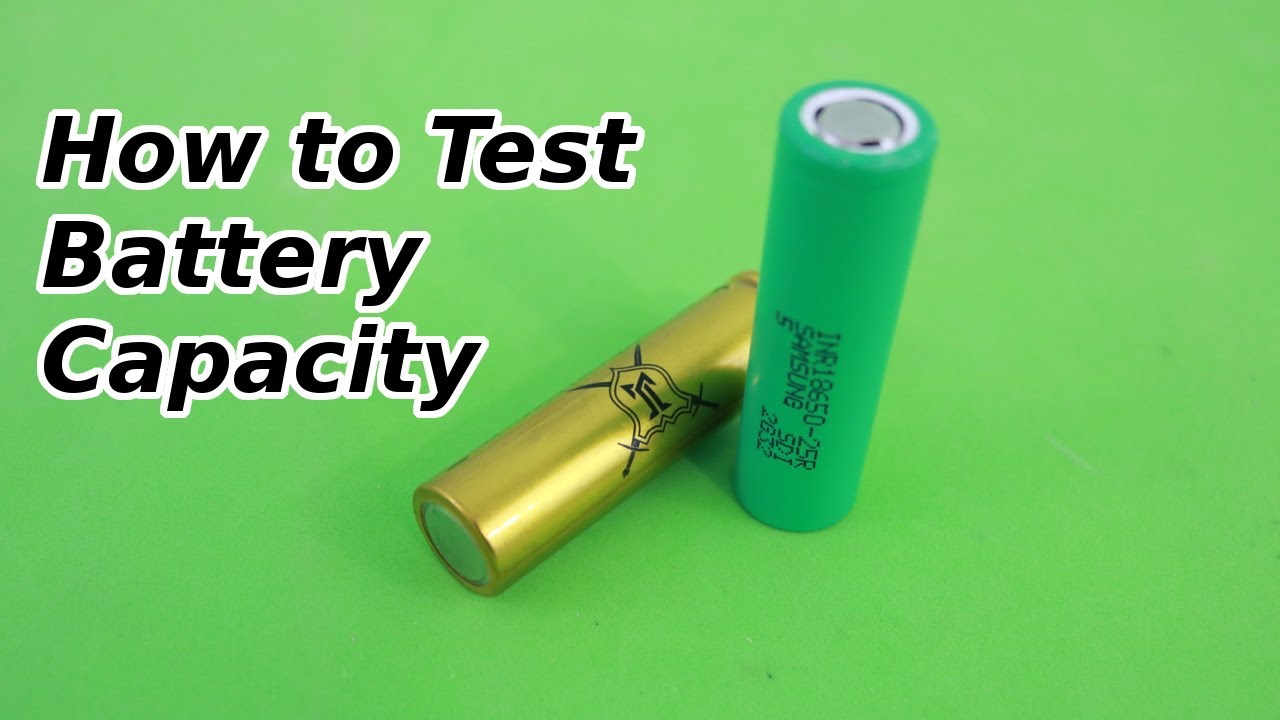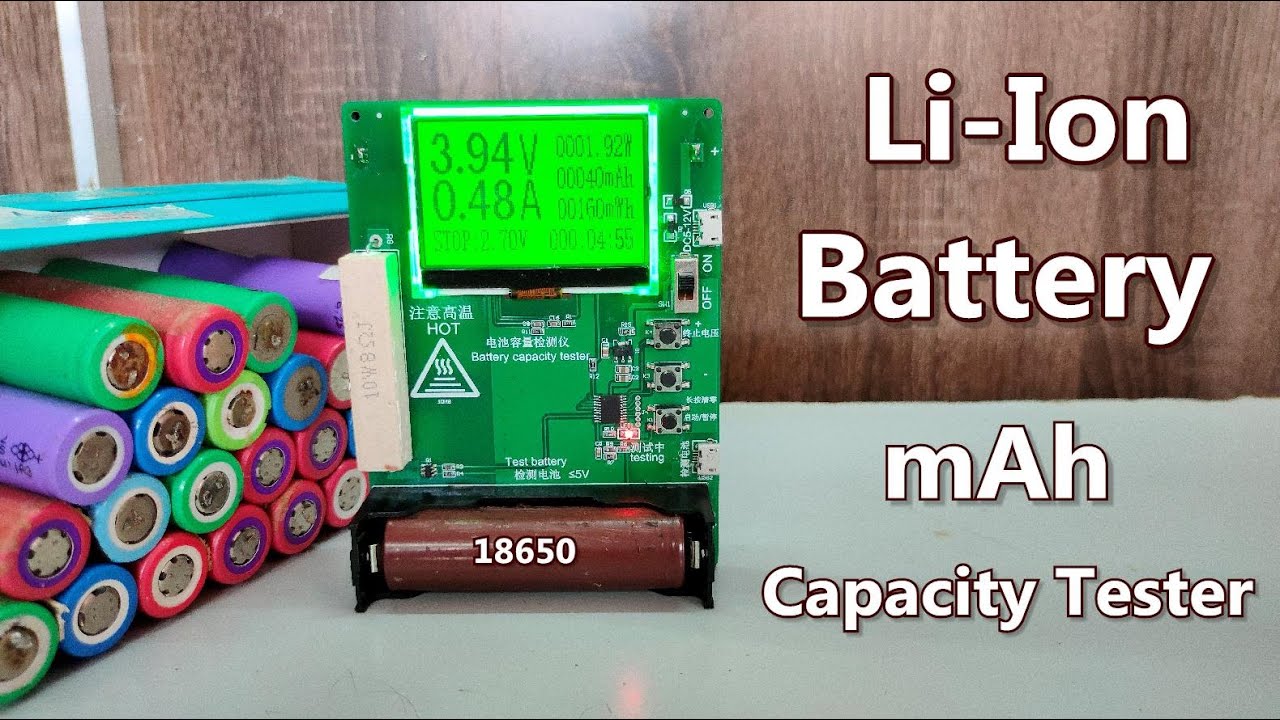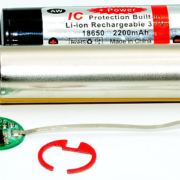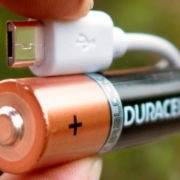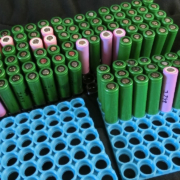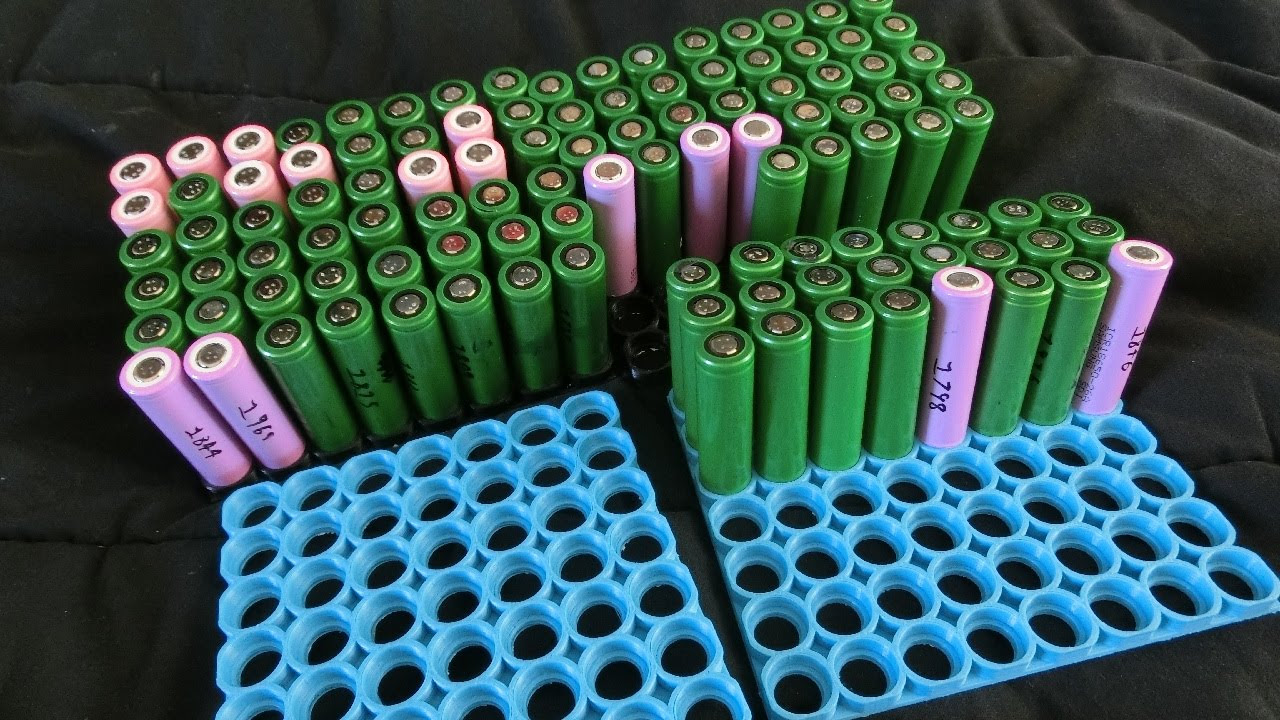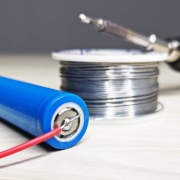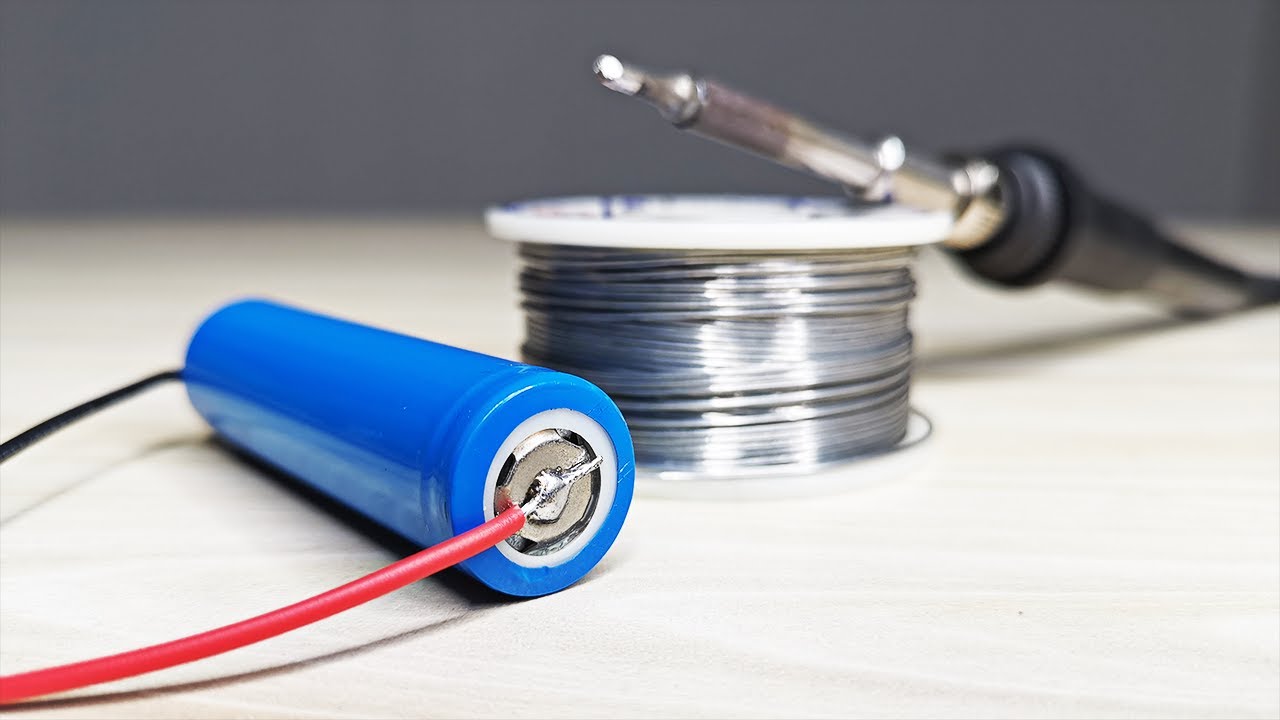Jak podłączyć baterie 18650 bez lutowania?
Akumulatory litowo-jonowe 18650 są niezwykle przydatne do zasilania wszelkiego rodzaju projektów elektronicznych. Jednak prawidłowe podłączenie tych baterii może być trudne, zwłaszcza jeśli chcesz uniknąć lutowania.
W tym poście przedstawię kilka metod łączenia się z siecią Akumulator 18650 ogniw bez konieczności lutowania.
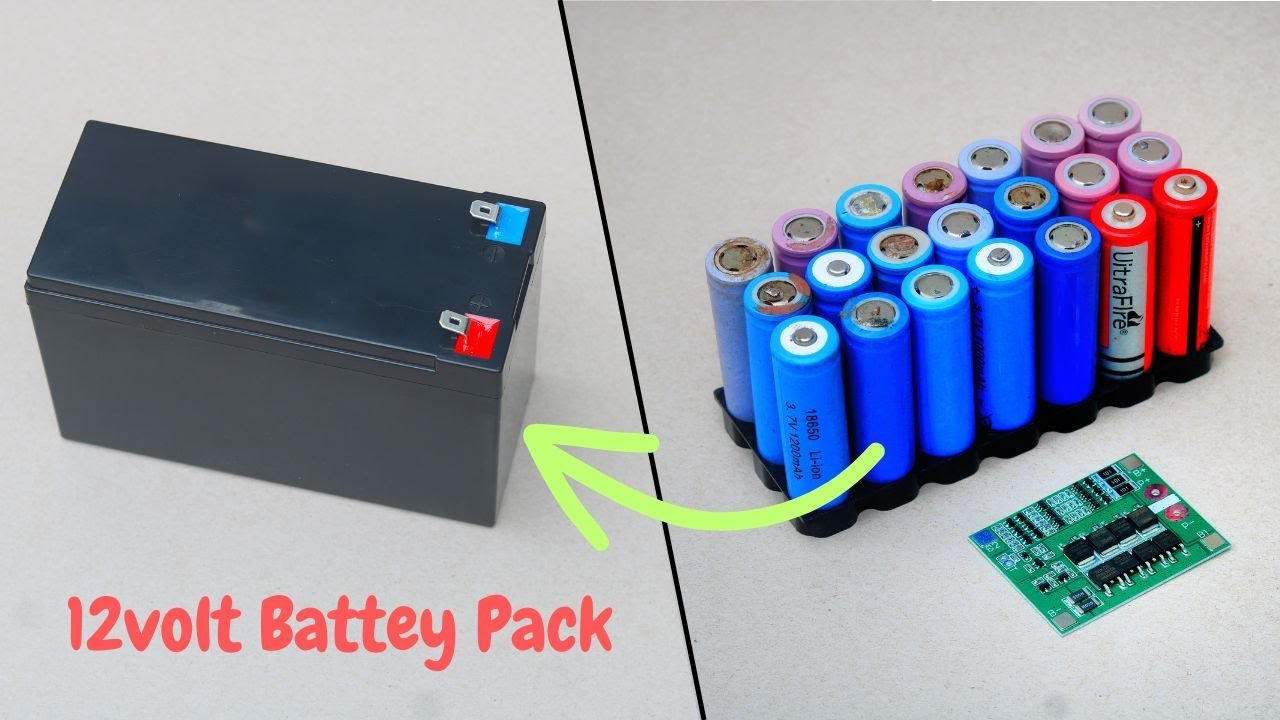
Dlaczego należy unikać lutowania akumulatorów 18650?
Zanim przejdziemy do szczegółów, być może zastanawiasz się, dlaczego warto unikać lutowania połączeń akumulatorów 18650. W końcu lutowanie jest powszechnym sposobem tworzenia połączeń elektrycznych.
Istnieje kilka powodów, dla których lutowanie ogniw litowo-jonowych nie jest idealnym rozwiązaniem:
- Ciepło może uszkodzić wewnętrzne elementy baterii, jeśli nie będziesz bardzo ostrożny. Może to skrócić żywotność baterii, a nawet spowodować ich niestabilność.
- Połączenia lutowane mogą z czasem ulec uszkodzeniu z powodu wibracji lub naprężeń mechanicznych. Ten tryb awarii jest przyspieszany przy wysokich prądach rozładowania.
- Szybkie lutowanie zacisków akumulatora bez przegrzewania ogniwa wymaga praktyki. Początkujący często uszkadzają ogniwa podczas nauki.
- W wielu jurysdykcjach urządzenia z lutowanymi akumulatorami litowo-jonowymi wymagają kosztownych certyfikatów bezpieczeństwa UL. Unikanie lutowania upraszcza proces certyfikacji.
Tak więc, chociaż z pewnością możliwe jest bezpieczne lutowanie akumulatorów 18650, jeśli naprawdę wiesz, co robisz, całkowite unikanie lutowania ułatwia życie.
Na szczęście istnieje kilka dobrych alternatyw dla elektrycznego łączenia tych akumulatorów.
Jak podłączyć baterie 18650 bez lutowania?
Metoda 1: Korzystanie z uchwytu na akumulator 18650
Najprostszą metodą bez lutowania jest użycie gotowego uchwytu na akumulator 18650.
Te plastikowe uchwyty bezpiecznie utrzymują pojedyncze ogniwa 18650, zapewniając jednocześnie styki elektryczne do ich terminali. Wiele uchwytów można łączyć ze sobą, tworząc zestawy akumulatorów o różnym napięciu i pojemności.
Oto niektóre z zalet korzystania z uchwytów na baterie:
- Bardzo szybki i łatwy montaż - bez użycia narzędzi
- Bezpieczniejsze niż metody DIY dla początkujących użytkowników
- Łatwa wymiana martwych komórek w przyszłości
- Ochrona ogniw przed wibracjami i wstrząsami
- Komponenty szeroko dostępne po niskich kosztach
Uchwyty 18650 mają jednak pewne ograniczenia:
- Wskaźnik styków tylko dla stosunkowo niskich prądów rozładowania (tj. maks. 10+ amperów)
- Duży rozmiar - pakiet 12 ogniw będzie dość nieporęczny.
Tak długo, jak twój projekt pobiera umiarkowane prądy, te proste plastikowe uchwyty stanowią świetną opcję dla akumulatorów litowych bez konieczności lutowania.
Wykorzystałem to podstawowe podejście do stworzenia małego banku energii litowej 12V. Zadziałało jak urok!
Metoda 2: Taśmy niklowe i spawanie punktowe
W przypadku akumulatorów o średnim i wysokim natężeniu prądu, paski niklowe często zapewniają najlepszą wydajność i niezawodność.
Zamiast lutowania, poszczególne paski niklu są zgrzewane punktowo w celu połączenia ogniw szeregowo i równolegle. Tworzy to sztywne połączenie mechaniczne, jednocześnie tworząc niskooporowe połączenie elektryczne.
Konstruowanie zestawów akumulatorów z surowych ogniw 18650 przy użyciu pasków niklowych zapewnia:
- Maksymalna integralność elektryczna i mechaniczna
- Wysokie szczytowe możliwości rozładowania
- Kompaktowa obudowa (dla danej pojemności energetycznej)
- Elastyczne konfiguracje i liczba komórek
Niestety, rozwiązania do zgrzewania punktowego DIY pozostają drogie, złożone i potencjalnie niebezpieczne dla początkujących użytkowników. Innymi słowy, nie są to łatwe opcje bez lutowania.
Metoda 3: Płyty adaptera zgrzewarki punktowej PCB
Ostatnio niektóre małe firmy opracowały płytki PCB adapterów, które umożliwiają majsterkowiczom zgrzewanie punktowe ogniw litowych bez konieczności budowania zgrzewarki punktowej.
Te płytki adaptera mają wstępnie ocynowane, ciężkie miedziane pady rozmieszczone tak, aby dokładnie pasowały do wymiarów ogniw 18650.
Aby złożyć baterię, należy:
- Ułóż warstwowo rzędy nieosłoniętych ogniw litowych na PCB
- Użyj konwencjonalnej lutownicy ręcznej do PCB, aby "punktowo" przyspawać paski niklu do miedzianych padów.
- Paski lutownicze między naprzemiennymi rzędami do łączenia ogniw szeregowo i równolegle
Zasadniczo, te płytki adaptera przekształcają niedrogą lutownicę 40W w wydajną spawarkę!
Zalety tego podejścia w porównaniu z tradycyjnym zgrzewaniem punktowym obejmują:
- Znacznie niższe koszty sprzętu
- Wystarczająco proste dla nietechnicznych konstruktorów
- Stałe, niezawodne połączenia elektryczne
- Brak uchwytu baterii = kompaktowa obudowa
- Znacznie szybszy proces montażu
W przypadku niskich i umiarkowanych wolumenów produkcji, korzystanie z adapterów do spawania akumulatorów PCB sprawdza się w przypadku zestawów akumulatorów 18650 bez lutowania!
Nadal nie potrafisz podłączyć 18650 bez lutowania?
Mamy nadzieję, że powyższy przegląd dał ci kilka pomysłów na bezpieczne połączenie ogniw litowo-jonowych 18650 bez konieczności lutowania lub spawania.
Jak widać, zarówno gotowe uchwyty na baterie, jak i nowe adaptery do zgrzewania punktowego PCB zapewniają realne metody bez lutowania dla projektów 18650.
Podejście, które sprawdzi się najlepiej, zależy głównie od docelowego prądu rozładowania, tolerancji złożoności i ogólnego budżetu.
Jeśli nadal szukasz wskazówek dotyczących składania pakietów 18650 bez lutowania, chętnie pomogę! Po prostu zostaw mi komentarz poniżej.
Daj mi znać, czy ten krótki przewodnik pomógł wyjaśnić opcje połączeń 18650 bez lutowania. Do następnego razu, twórzcie dalej niesamowite rzeczy!

